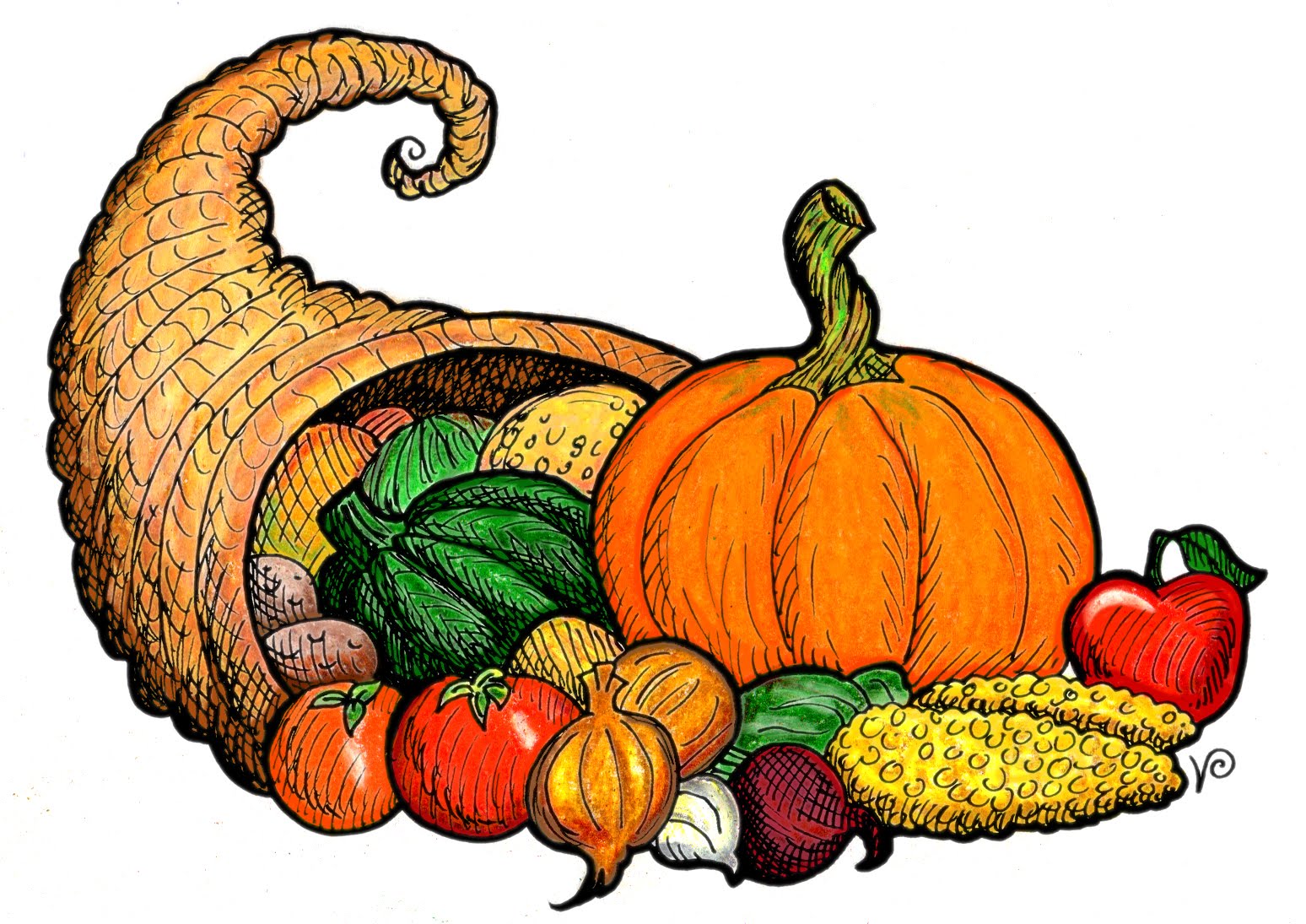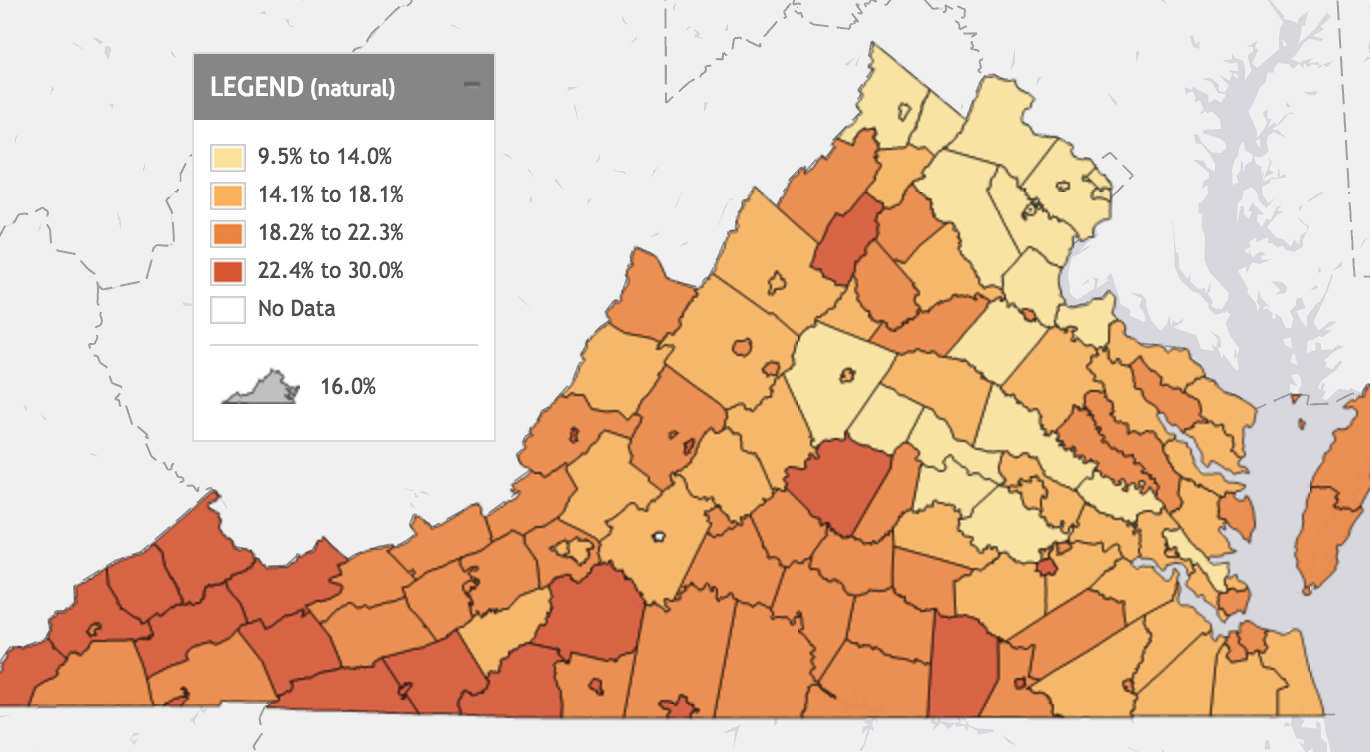

By Colton Powell, University of Richmond intern
From carved turkey and mashed potatoes to pumpkin pie and other sweet treats, it can be easy to get lost in an overwhelming plethora of food at Thanksgiving. However, during a time when we gather around the dinner table with our families to give thanks, it is important to remember those who may not have access to a healthy food supply — especially our children.
Voices has introduced a new indicator — child food insecurity — to our collection of data on child well-being just in time for the Thanksgiving holiday. This data, provided by Feeding America, allows us to analyze where we fall short in supplying healthy, nutritious food to children across Virginia, and where we have room to improve.
 Across the commonwealth of Virginia, approximately 1 in 6 children are food insecure. But what exactly does that mean? According to the USDA, food insecurity is defined as a “lack of access, at times, to enough food for an active, healthy life for all household members and limited or uncertain availability of nutritionally adequate foods.”
Across the commonwealth of Virginia, approximately 1 in 6 children are food insecure. But what exactly does that mean? According to the USDA, food insecurity is defined as a “lack of access, at times, to enough food for an active, healthy life for all household members and limited or uncertain availability of nutritionally adequate foods.”
The situation is more dire in Southwest Virginia where the average trend is 1 in 4 children are food insecure. Buchanan County, where Virginia, Kentucky, and West Virginia all converge, has the highest rate of child food insecurity in the state — 30 percent. In a white, working-class community heavily reliant on the volatile coal industry, this does not come as much of a surprise.
However, the localities with the largest number of food insecure children may surprise you. The city of Fairfax has over 28,000 food insecure children, the most in the state, and Virginia Beach follows closely behind at just over 15,000 food insecure children. At first glance, these localities often fly under the radar because of their low percentages (10.6 and 15 percent respectively), but this is simply because of the sheer number of children living in these areas. We cannot afford to leave these children out when discussing solutions for ending childhood hunger.
Many of these children eat their only meals at school, which highlights the importance of school breakfast and lunch programs. Virginia’s own first lady, Dorothy McAuliffe, along with the VDOE, has helped launch a pilot program in a handful of school districts called the “Virginia 365 Project” to end childhood hunger.
The Virginia 365 Project, currently being tested in school districts in Southwest Virginia and Richmond City, aims to end childhood hunger in these districts by 2018. The program will offer students three meals a day during the school year, food for weekends and school breaks, and resources to purchase food during the summer break.
So as we gather with our families to celebrate this Thanksgiving, let’s consider donating to a food pantry or food bank or contributing to a canned food drive. This tool can help you find your nearest food pantries. Consider donating non-perishable food items such as canned goods, holiday foods (canned yams, stuffing, cranberry sauce, etc.) and other items like fruit cups and fruit juice, pasta, rice, and peanut butter.
For more information on child food insecurity in Virginia, check out the latest data in our data center. A detailed map of child food insecurity across the U.S. can be found at Feeding America’s Map the Meal Gap.
Read More Blog Posts